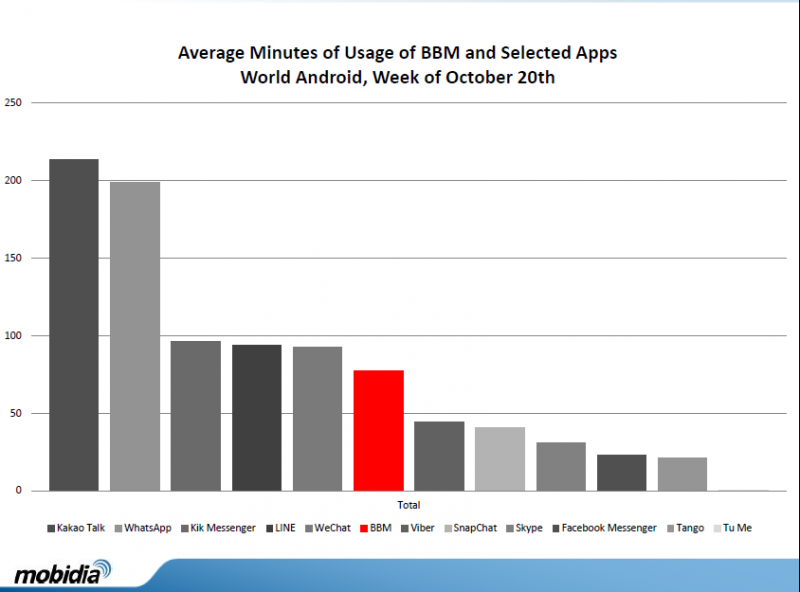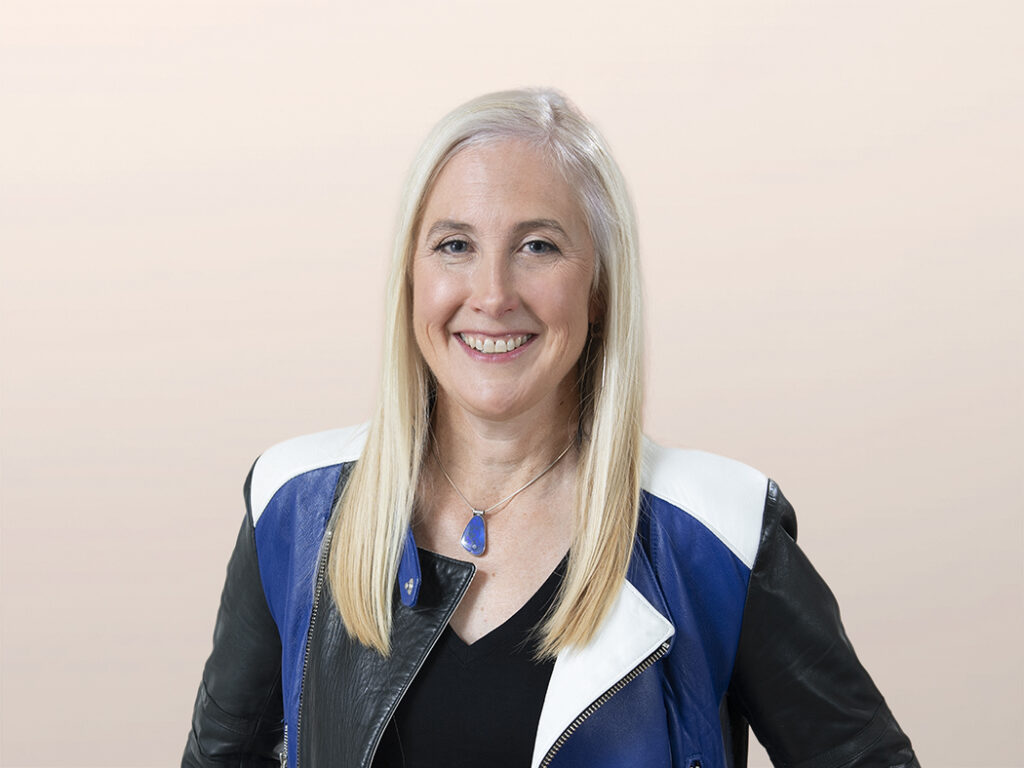Instagram Tells Us Mobile Phones Are For Communication At News Event
Instagram’s ‘Instagram Direct’ announcement this morning left me speechless, as I followed the live feed (thank you CNET) from the West Coast. First, let me disclose that I am middle-aged. I’m 45 years of age. What does this mean? I remember AIM in the late nineties. I remember the days when chat sessions evaporated. I remember my first cell phone in 1997 and texting my friends – mostly in Europe at that time. The idea of communicating with people I know first and foremost is not new to me. It is very comfortable – more so than Tweeting or posting.
Bottom line: This is a “catch-up” move for Instagram.
1) Mobile phones have always been about communicating with friends and people we know. The magic of mobile phones early on was that a person’s phone number was their ID. It made it so easy to send SMS or MMS messages.
2) Instagram has 150M downloads, and half of their users are active daily. That is awesome. However, its competitors globally – Kakao Talk, WeChat, etc. – have two to three times that number. Apps like WeChat already allow users to share videos, photos, messages, cartoons, voice clips, etc. to individuals, groups, groups created around an event, etc.
3) Messaging will help them earn more mobile media minutes. I spoke with Chris Hill at Mobidia last week, and he shared some of their data on usage minutes. In their sample from mid-October, Kakao Talk had more than 200 minutes of usage per week, WhatsApp was just shy of 200, while Kik Messenger, LINE, and WeChat fell just below 100 minutes of use per week. If they were to post ads as a means of monetization, minutes spent is key.

4) Messaging should help extend their interest beyond 150M users today. When it comes to monetization again eventually, you need reach. 150M is awesome. 400M is even better. Like Facebook, consumers can subscribe to or follow brands on many of these over-the-top (OTT) apps. Brands use the channel to push out content, deals, offers, games, apps, sweepstakes, etc. Mobile is a phenomenal channel to deliver reach – the more you have, the better off you are.
Let me also say that I love Instagram. It rocks. The interface is gorgeous. Giving consumers the ability to sign up, connect, and find friends through a variety of contact lists is huge – one of the greatest inhibitors to adoption of OTT especially in the US. These apps are far less interesting without my friends. The ease with which I can connect to my friends or find those to follow is so important, and they do that well. And go figure, it helps drive acquisition for them when I invite my friends in.
OTT messaging is huge everywhere in the world – except the US, it seems. OTT services like Kakao Talk, WhatsApp, Kik Messenger, LINE, and WeChat offer a feature set that makes both SMS and OS-supported messaging services boring. They offer more envelope information (message sent or received), support presence, allow for groups, allow consumers to share everything (e.g., photos, video, voice, cartoons), AND they give consumers control over with whom they communicate. This exemplifies the mobile mind shift, where consumers expect any information or service they desire to be available to them on any device, in context, at their moment of need.
OTT will continue to grow. SMS has always been expensive outside of the US – the cost of SMS plus the rich feature set of OTT apps opened the door for this alternate model. I’m very close to turning off the SMS on my phone because it’s too expensive for the value. The question is always how many of my friends and the people with whom I want to communicate are on these networks or within these app ecosystems? Too many of my middle-aged friends aren’t, so I’m still stuck with that phone number thing as an ID or address to send messages.
I really enjoyed this press event. It made me smile. I don’t know how old Kevin is (and he’s a genius with what he’s created). An older person could not have created Instagram or held a press event to announce messaging because people want to communicate with mobile phones – because they wouldn’t have thought it was “new.”
